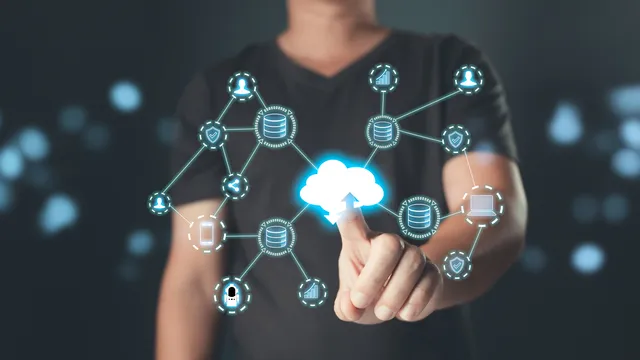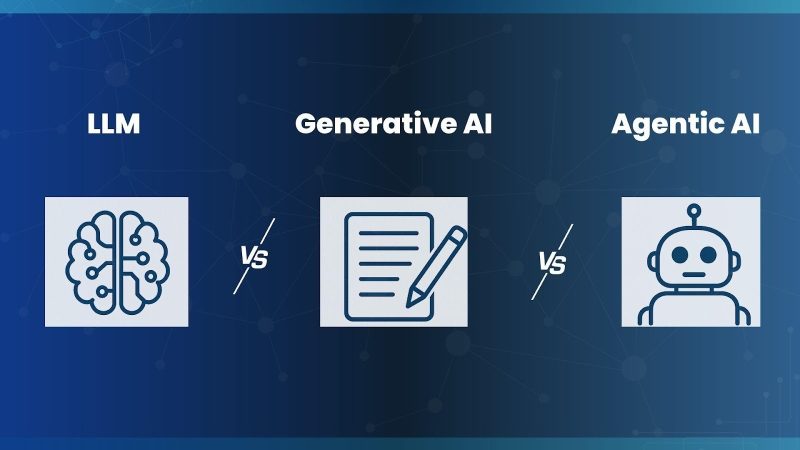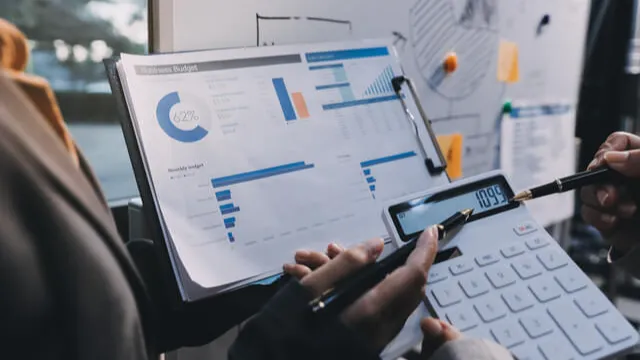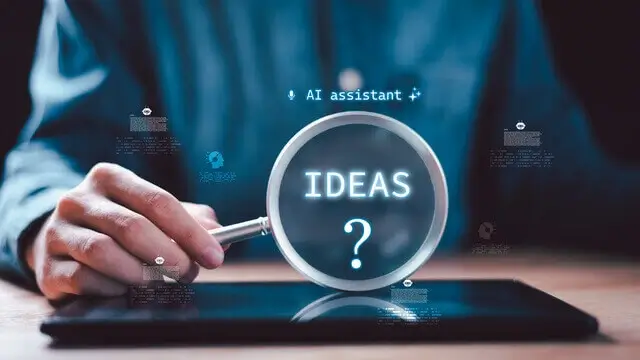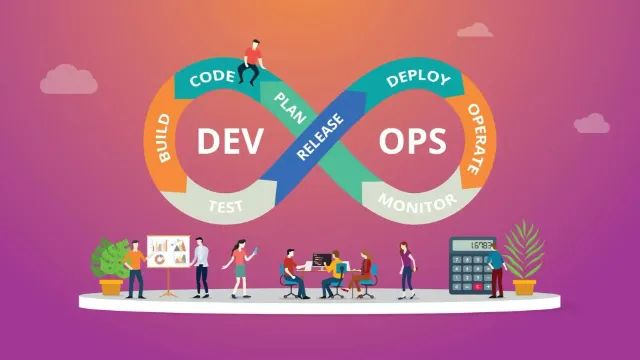AI in Cybersecurity: Utilizing AI as a Deterrent to AI

AI in Cybersecurity
Once largely about stopping hackers, cybersecurity nowadays involves outwitting complex machines. Artificial intelligence (AI) has changed the nature of threats to develop as well as defensive reactions. Cyberattack automation, near-perfect phishing emails, and quicker vulnerability identification than human experts ever could come from artificial intelligence. The result is a growing algorithmic fight. Here are the brief explanation of AI in Cybersecurity which is Utilizing AI as a Deterrent to AI.
To stay safe, companies across all sectors must employ equally intelligent defenses. Rather than only responding to breaches, businesses should proactively protect their systems using the same technology attackers use by battling AI with AI. By including AI-powered tools into their Vulnerability Assessment and Penetration Testing (VAPT) processes.
The growing relevance of artificial intelligence in assault and defense denotes a turning point in cyber security. In a digital society changing quicker than at any other time, those who do not change run the risk of being vulnerable.
The changing risk profile of artificial intelligence
Artificial intelligence has totally changed cyberattacks. To locate network weaknesses, examine program settings, and launch rapid attacks, more and more attacks are turning to machine learning algorithms. Artificial intelligence-driven technology might get past detection systems by duplicating user activity. Deepfake technology can generate actual video or audio recordings to deceive workers into divulging private information.
One of the most frightening developments has been adaptive malware, moreover. Artificial intelligence allows malicious code to analyze its environment, rewrite itself and alter its behavior depending on the security checks encountered. Ordinary antivirus programs find it challenging to identify such dynamic threats. This change has pushed defense players to reevaluate their approach.
Security teams cannot rely just on signature-based detection any longer. Rather, they need behavioral analysis and artificial intelligence-driven anomaly detection to constantly learn from fresh data. Organizing using AI-driven security solutions lowered breach detection time by up to 30%, hence proving the technology’s defensive edge, according to IBM’s Cost of a Data Breach Report 2024.
AI as the Defender
Modern cybersecurity teams’ defensive side now finds artificial intelligence an absolutely essential partner. Terabytes of network traffic can be processed by machine learning models, which can also spot anomalies and immediately mark questionable patterns. Artificial intelligence guarantees constant attention across systems and destinations, unlike human analysts, who do get exhausted.
For example, AI-driven User and Entity Behavior Analysis (UEBA) tools may identify odd access attempts, departures from regular user activity, file transfers, or abnormal system behavior. Proactive detection allows incident response teams to react before damage happens by reducing the exposure window.
To mimic sophisticated attacks and reveal undiscovered flaws before actual hackers could take advantage of them, businesses such as top companies include artificial intelligence in their testing procedures. Organizations may keep resilience even against the most advanced AI-generated threats by combining automation with human knowledge.
Also Read: AI Phone Call Technology: The Future of Automated Lead Generation
Predictive Threat Awareness
AI really shines in predictive analytics. Instead of waiting for breaches, predictive threat intelligence systems analyze vast amounts of data from past events, outside threat feeds and behavioral patterns to project future attack patterns. This vision enables cybersecurity teams to correct weaknesses before they become targets.
AI-driven systems also let companies classify threats based on their seriousness, hence ensuring prioritization of major weaknesses. For instance, predictive technologies might identify patterns showing how ransomware groups are targeting certain industries or software categories. This enables teams to advance and reinforce their defenses.
Companies can also consult the RBI’s cybersecurity rules for financial institutions, which stress active risk identification—a field where AI-driven predictive models are quite useful. Incorporating these tools with compliance guidelines helps companies achieve both security and legal harmony.
Response and Recovery Automatization
Automation is among the primary advantages Ai in cybersecurity. Usually in seconds, AI-powered systems may automatically segregate damaged equipment, reject suspect credentials, or begin a tailored incident response strategy upon threat detection. During zero-day or ransomware strikes, where quick containment can make all the difference, this quick response is essential.
Apart from the first reaction, artificial intelligence also speeds recovery. Studying occurrence statistics helps to spot system flaws, make remediation suggestions, and improve future security procedures. The system gets progressively more effective with each iteration as it learns from every occurrence over time.
Faster, more accurate results from businesses use artificial intelligence-based automation in their evaluation. These instruments help to improve a company’s defense stance and cut operating downtime following an attack.
Moral and Practical Issues
Though artificial intelligence presents difficulties, it also brings great advantages. Reliance on automation can produce apathy. Through data poisoning—that is, feeding false or misleading information—attackers can manipulate artificial intelligence systems to make security systems insensitive to real threats. Training artificial intelligence also calls for enormous volumes of sensitive data, thereby raising privacy and abuse issues.
Companies must combine human judgment with the computer speed of artificial intelligence in order to strike the ideal balance. Ethical monitoring keeps artificial intelligence systems honest, just, and responsible. Strict data governance rules like those specified in ISO/IEC 27001 help companies to stay in charge and benefit from automation.
Artificial intelligence should finally add to rather than take the place of human knowledge. The greatest cybersecurity results come from experienced experts collaborating with intelligent tools.
The Future: An AI vs. AI Battlefield
Over the following ten years, artificial intelligence will be fighting both sides of the cybersecurity equation. Attackers are continually enhancing AI-driven malware, whereas defenders will use complex machine learning and neural network-based defensive strategies. The fight will turn into a perpetual adaptation race.
Over the long term, businesses will profit from their investments in artificial intelligence-integrated cybersecurity systems. Trained cybersecurity experts using smart automation would help to define future protection from real-time threat detection through automatic penetration testing.
Top enable companies to make their digital assets future-proof. Using ongoing invention, we combine expert testing techniques, automation and artificial intelligence to offer unmatched protection against new threats.
Also Read: Best AI Startup Ideas That Will Dominate the Tech Industry
Conclusion
Artificial intelligence has changed the offensive surface as well as defense strategies in modern cyber security. The same technology that powers more complex attacks may now protect businesses via predictive analytics, automation, and powerful threat intelligence. Businesses need to adopt artificial intelligence-driven security systems that assist rather than replace human experience in order to advance.
The fight of artificial intelligence with artificial intelligence has already begun; companies that embrace this transition will shape the next generation of safe digital transformation.
The use of AI in Cybersecurity which is Utilizing AI as a Deterrent to AI.

